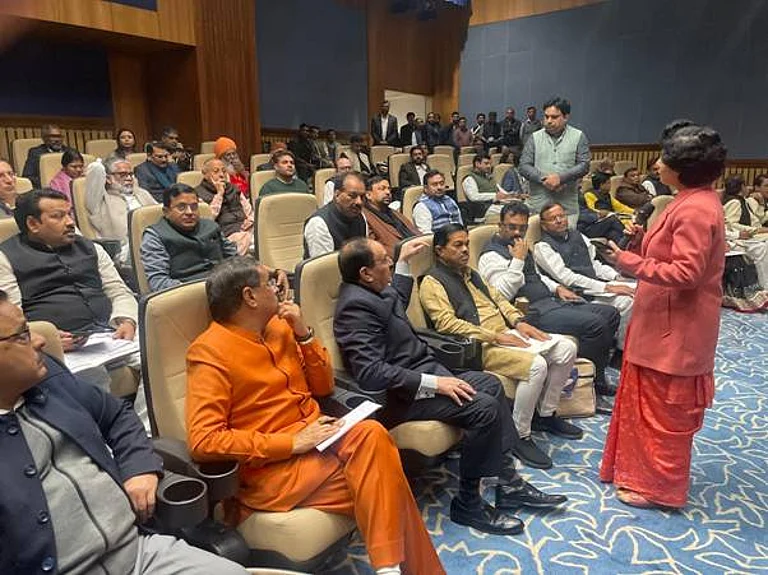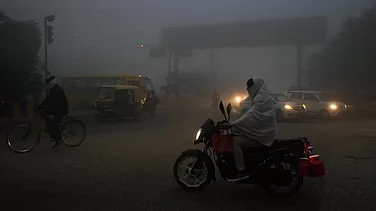The World Health Organisation has stated that the current outbreak of the Chandipura Virus in India is the largest ever in 20 years. As per the UN Health body, the Ministry of Health and Family Welfare has reported 245 cases of AES (Acute Encephalitis Syndrome), including 82 deaths (case fatality rate or CFR 33 per cent) between June and August 15, 2024.
"CHPV is endemic in India, with previous outbreaks occurring regularly. However, the current outbreak is the largest in the past 20 years," the World Health Organisation (WHO) said in its Disease Outbreak news on August 23.
As per Health Ministry data and WHO data, a total of 43 districts in India have reported AES cases, of which 64 are confirmed to be cases of the Chandipura virus (CHPV) infection.
Despite being the largest outbreak in 20 years, WHO added that a declining trend has been reported for new AES cases since July 19.
The last time a major Chandipura outbreak was reported in India was in 2003 in Andhra Pradesh. Around 329 suspected cases and 183 deaths were reported related to AES, a study later added that this was due to CHPV.
What Is Chandipura Virus?
CHPV - Chandipura Virus - is a member of the Rhabdoviridae family and has been linked to outbreaks of Acute Encephalitis Syndrome. An uptick in CPHV infections is reported in western, central and southern parts of India, especially during monsoon season.
CPHV is transmitted by vectors such as sandflies, mosquitoes and ticks.
Main symptoms of CPHV are fever, with coma and convulsions with occur within 48 to 72 hours of symptoms onset. Other symptoms include -
Mild respiratory distress
Headaches
Fatigue
Body and muscle aches
Vomiting
To combat the outbreak, WHO has recommended vector control and protection against bites from sandflies, ticks and mosquitoes such as carrying out insecticidal spraying and fumigation.
(With inputs from PTI)






.jpg?w=602&auto=format%2Ccompress&fit=max&format=webp&dpr=1.0)



















